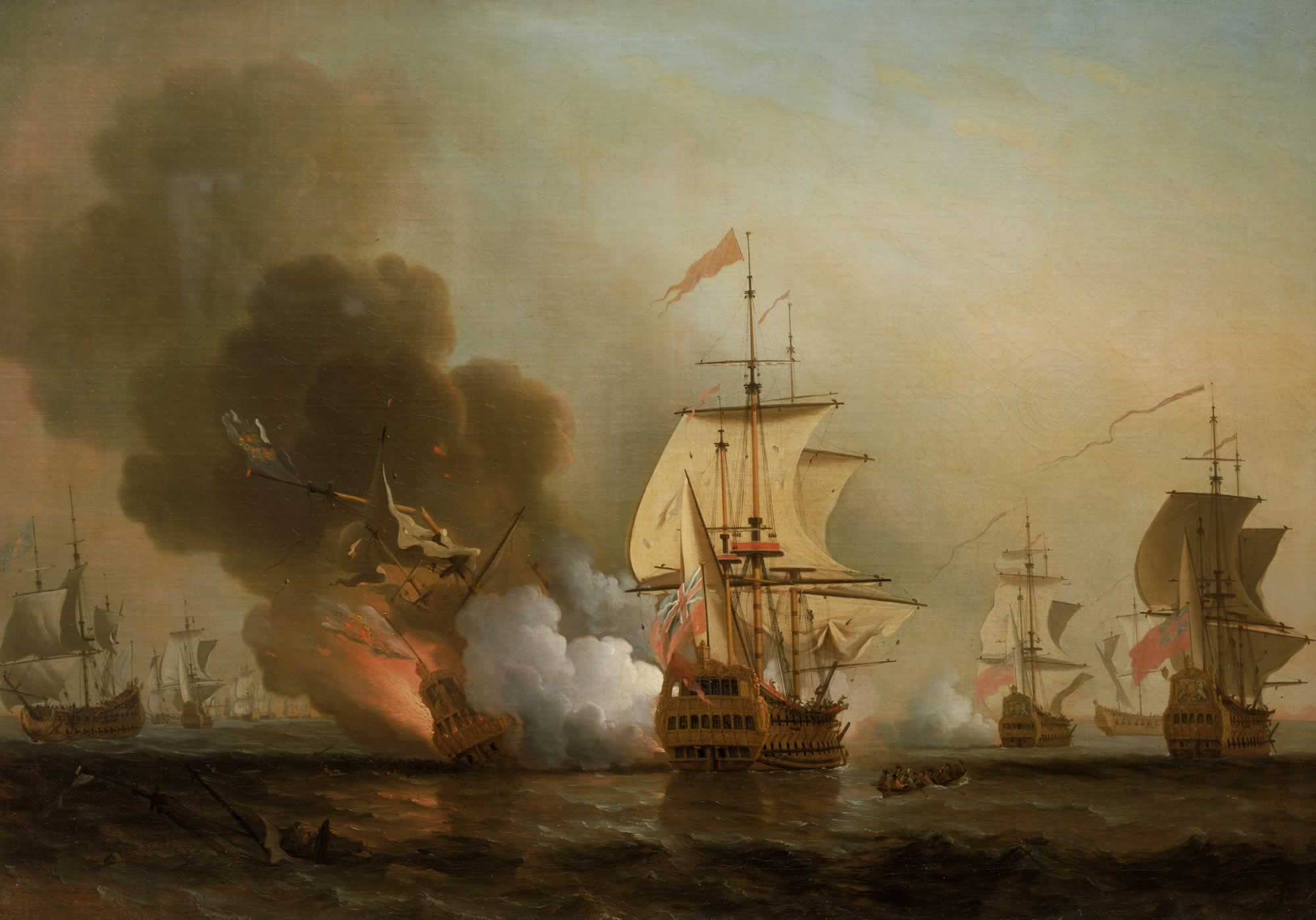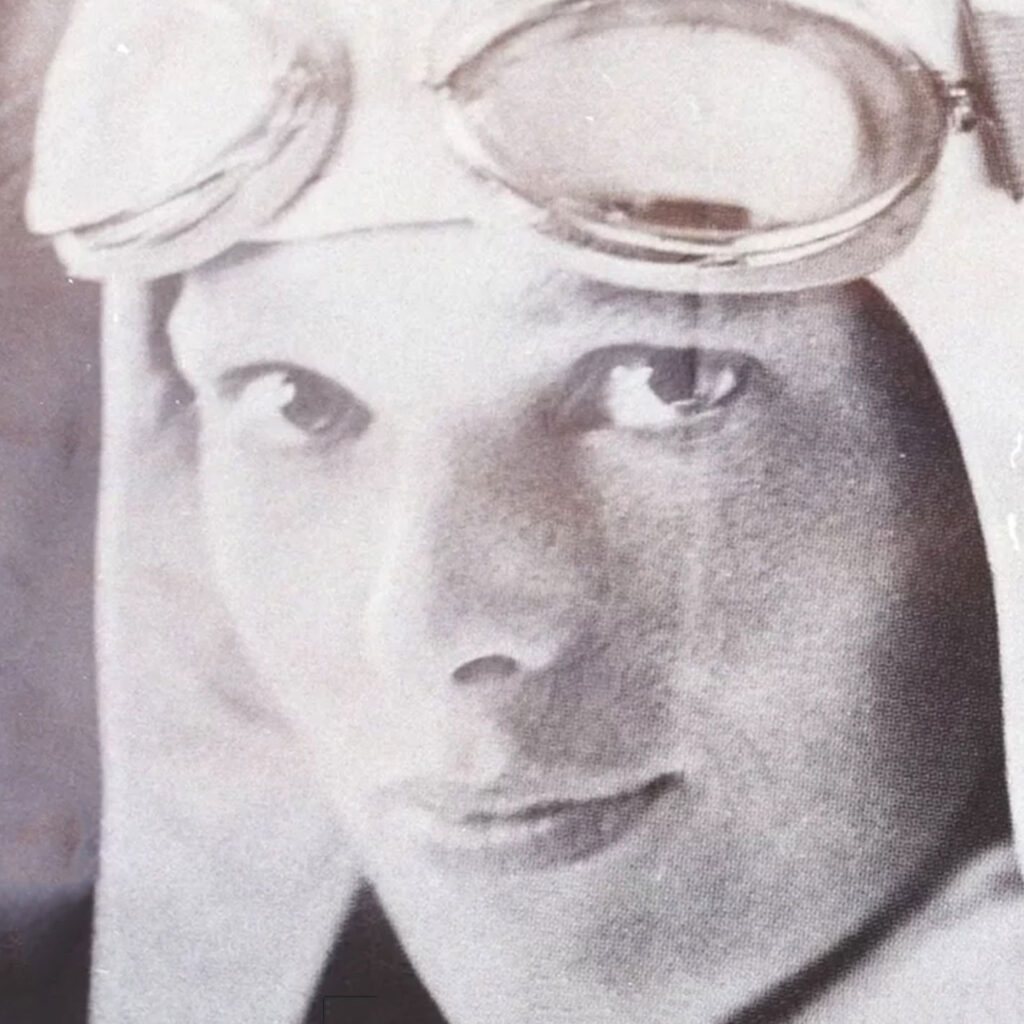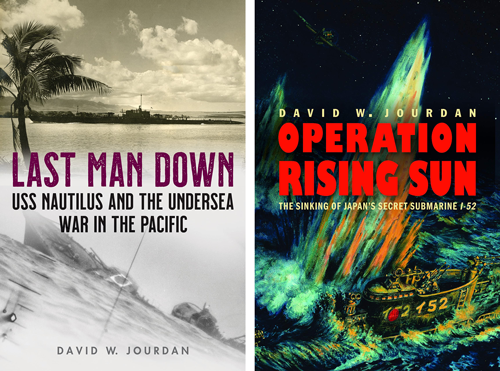Nauticos has surveyed 1860nm2 across 3 expeditions in 2002, 2006, and 2017. Combined with the Waitt Institute’s search in 2009, 3610nm2 have previously been surveyed without locating the aircraft. This is an area close to the size of Connecticut.
The sonar target DSV has detected, appears to be consistent with the sonar signature of an airplane, however, long range sonar images have historically proven to be deceiving, especially in areas with geological formations.
Yes, the sonar target appears to have a fuselage, wings, and a tail, but…it appears to have swept wings, the relative dimensions do not match the Electra, and there is a lack of engine nacelles. Those characteristics are not consistent with a Lockheed Electra 10E.
All airplane “like” targets in the vicinity of Howland Island have the potential to be Amelia’s Electra and should be positively identified.
All credible fuel endurance studies indicate she ran out of fuel around the time of her last transmission at 08:43. One hour after she reportedly radioed “½ hour fuel remaining.”
Nauticos historic radio testing and analysis has determined that she was just outside visual range of the Coast Guard cutter Itasca positioned at Howland Island at 08:00.
From the published materials, it appears that the target DSV located is in an area referred to as the “Dateline Theory.” That area is significantly west of Howland Island, 46-86 nm
Nauticos historic radio testing and analysis has determined that there is little chance that Amelia ditched her aircraft in that area. It would be difficult for her to be significantly west of her 8:00 location when she stated that she was flying north and south (157°/337°) in her 8:43 transmission.
Nauticos believes that if DSV’s target is in fact Amelia’s Lockheed Electra, then the aircraft ended up on the bottom at that location because it floated for an extended period after ditching into the ocean which is unlikely.
DSV’s release of this information will not impact Nauticos / SeaWord plans to launch an expedition to survey newly defined high probability search areas in the near future. Tax deductible donations to support future operations can be made to the SeaWord Foundation www.seaword.org.

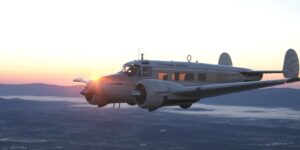
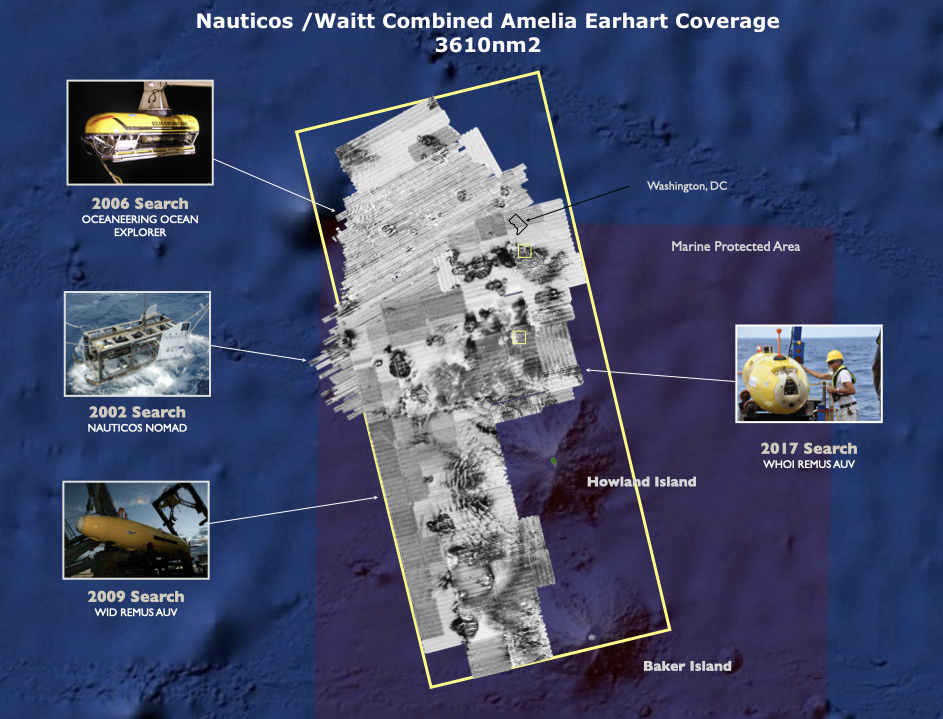
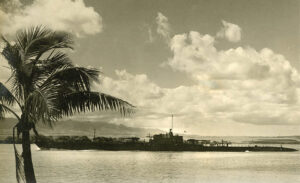
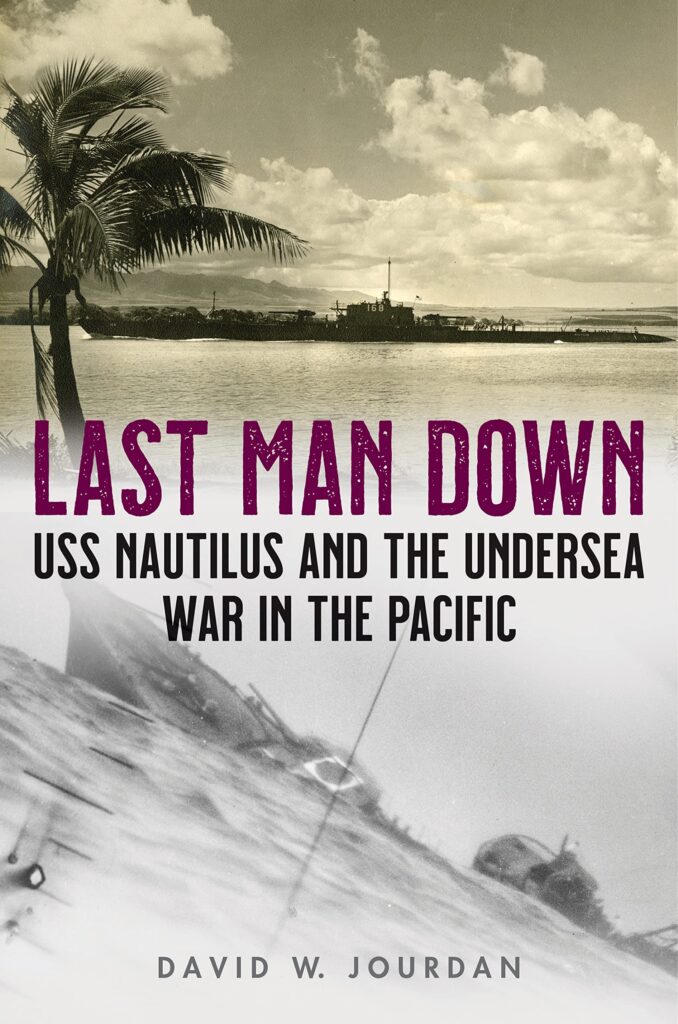
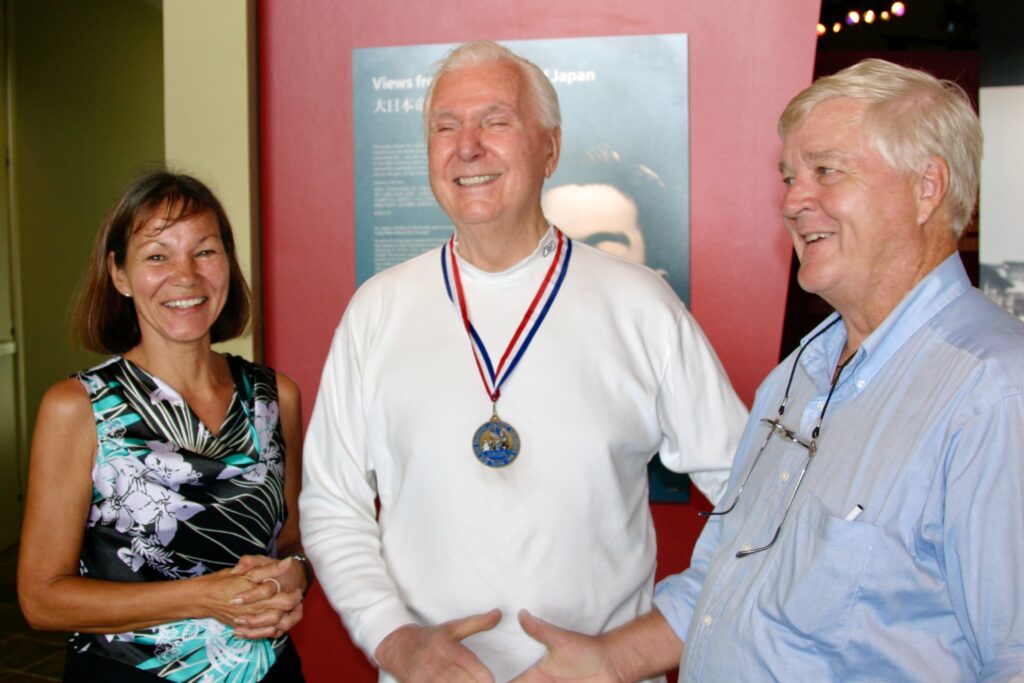
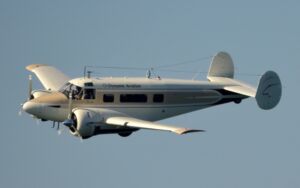
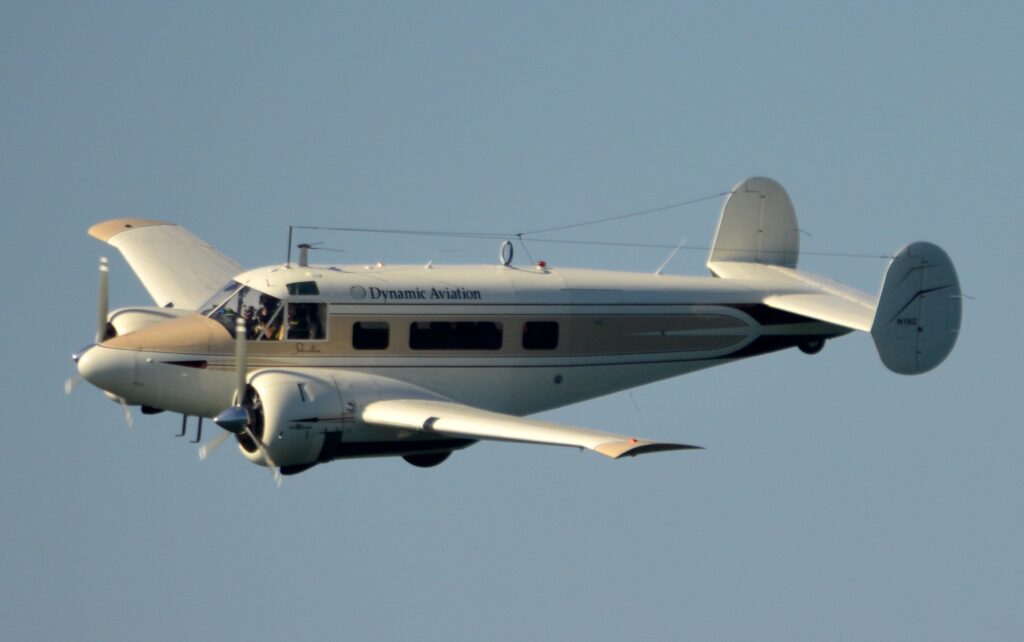
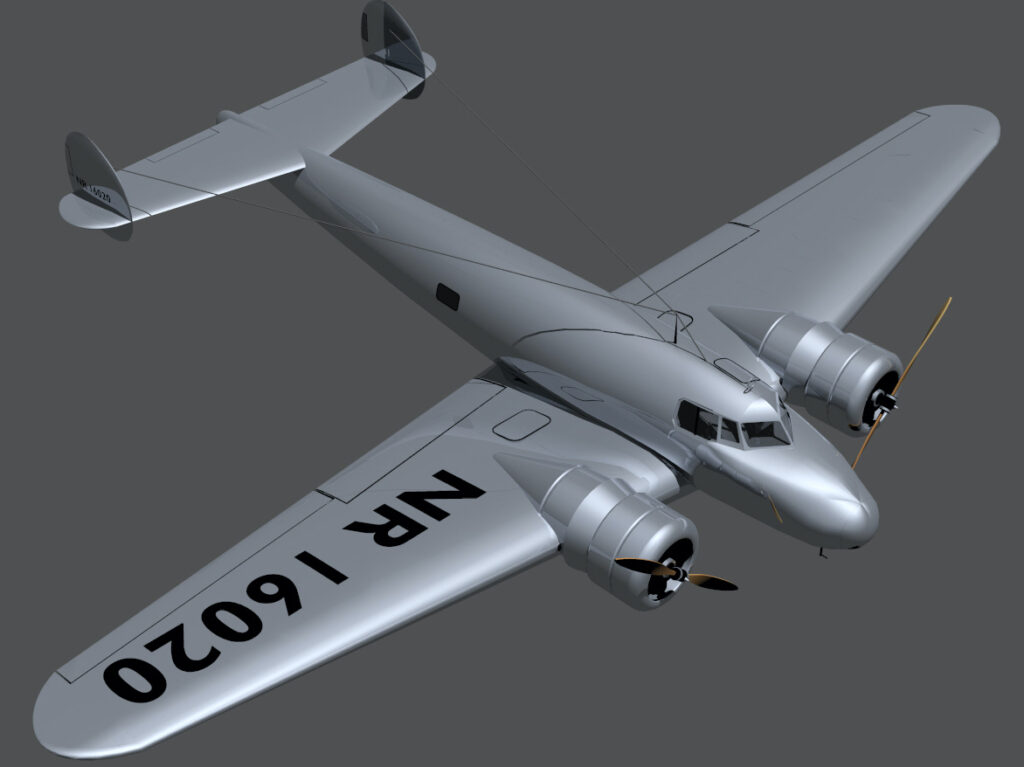
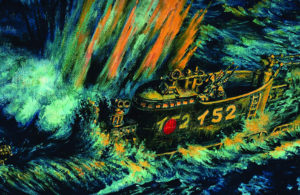
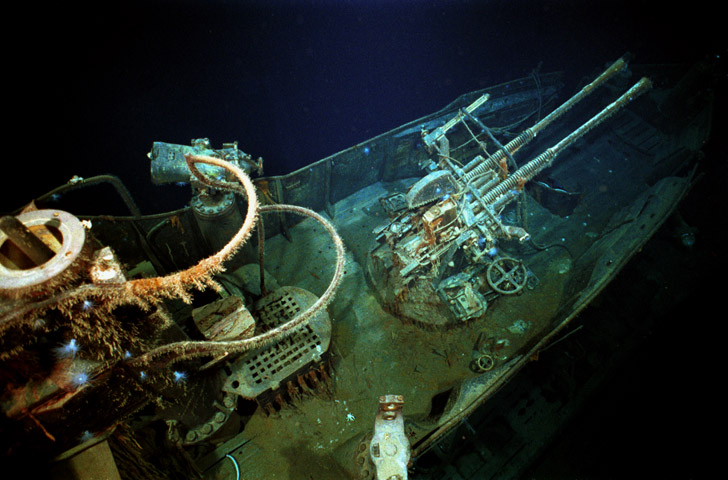
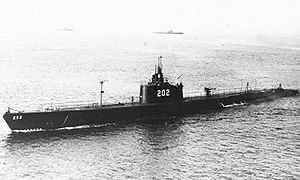 Late December 1942 saw the evacuation of Manila, and Allied forces led by General Douglas MacArthur were in full retreat down the Bataan Peninsula. By January, just weeks after the Pearl Harbor attack that started the Pacific war, the situation in the Philippines was dire, with remaining forces preparing to make a last stand on the island fortress of Corregidor. The 13,000 American and Filipino troops and thousands of fleeing civilians were desperate for food, medical supplies, and ammunition. A particular need was anti-aircraft shells to stem the deluge of bombs falling on Allied positions. A naval and air blockade prevented supply ships from approaching, so the Navy called on the submarine force to help. USS Trout (SS-202), commanded by Mike Fenno, was loaded at Pearl Harbor with 3,500 rounds of vital munitions, and slipped into Manila Bay on 3 February under cover of darkness. Weaving a winding passage through a minefield, the boat reached the docks and quickly unloaded her cargo. Having removed most of her ballast and even torpedoes to make room for the cargo, Fenno had a problem: he needed to add weight to be able to submerge. He drew ten torpedoes from the stocks salvaged from the base at Manila, and 27,000 gallons of fuel oil, but was still over twenty tons too light. He requested twenty-five tons of sandbags but was denied, as sandbags were a precious commodity on Corregidor, used to construct defensive positions. The defenders offered an alternative, something very heavy that was quite valueless to them: twenty tons of gold and silver that had been removed from Manila banks to the island fortress for safekeeping.
Late December 1942 saw the evacuation of Manila, and Allied forces led by General Douglas MacArthur were in full retreat down the Bataan Peninsula. By January, just weeks after the Pearl Harbor attack that started the Pacific war, the situation in the Philippines was dire, with remaining forces preparing to make a last stand on the island fortress of Corregidor. The 13,000 American and Filipino troops and thousands of fleeing civilians were desperate for food, medical supplies, and ammunition. A particular need was anti-aircraft shells to stem the deluge of bombs falling on Allied positions. A naval and air blockade prevented supply ships from approaching, so the Navy called on the submarine force to help. USS Trout (SS-202), commanded by Mike Fenno, was loaded at Pearl Harbor with 3,500 rounds of vital munitions, and slipped into Manila Bay on 3 February under cover of darkness. Weaving a winding passage through a minefield, the boat reached the docks and quickly unloaded her cargo. Having removed most of her ballast and even torpedoes to make room for the cargo, Fenno had a problem: he needed to add weight to be able to submerge. He drew ten torpedoes from the stocks salvaged from the base at Manila, and 27,000 gallons of fuel oil, but was still over twenty tons too light. He requested twenty-five tons of sandbags but was denied, as sandbags were a precious commodity on Corregidor, used to construct defensive positions. The defenders offered an alternative, something very heavy that was quite valueless to them: twenty tons of gold and silver that had been removed from Manila banks to the island fortress for safekeeping.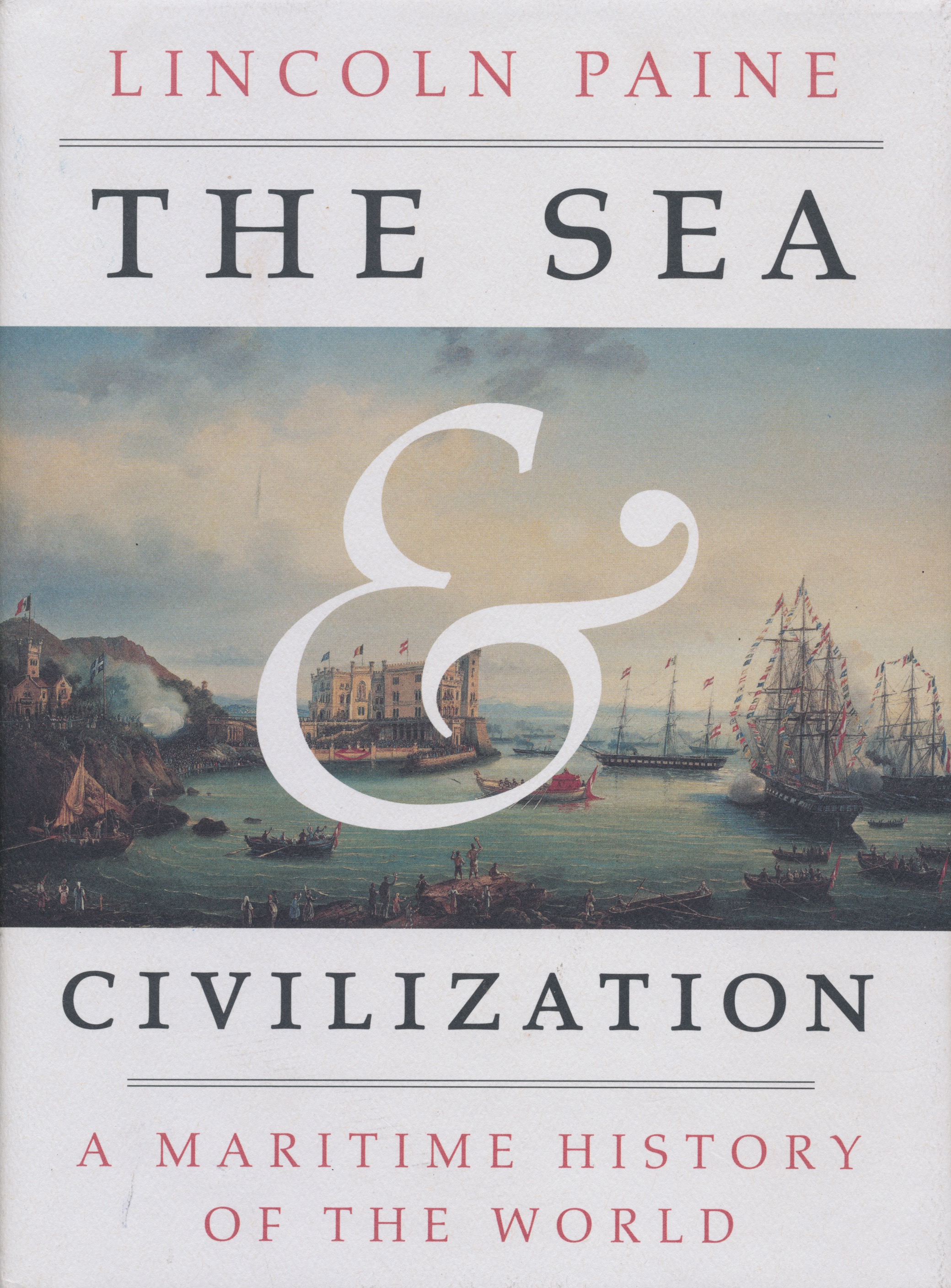 Portland Maine author and historian Lincoln Paine’s award winning opus
Portland Maine author and historian Lincoln Paine’s award winning opus 